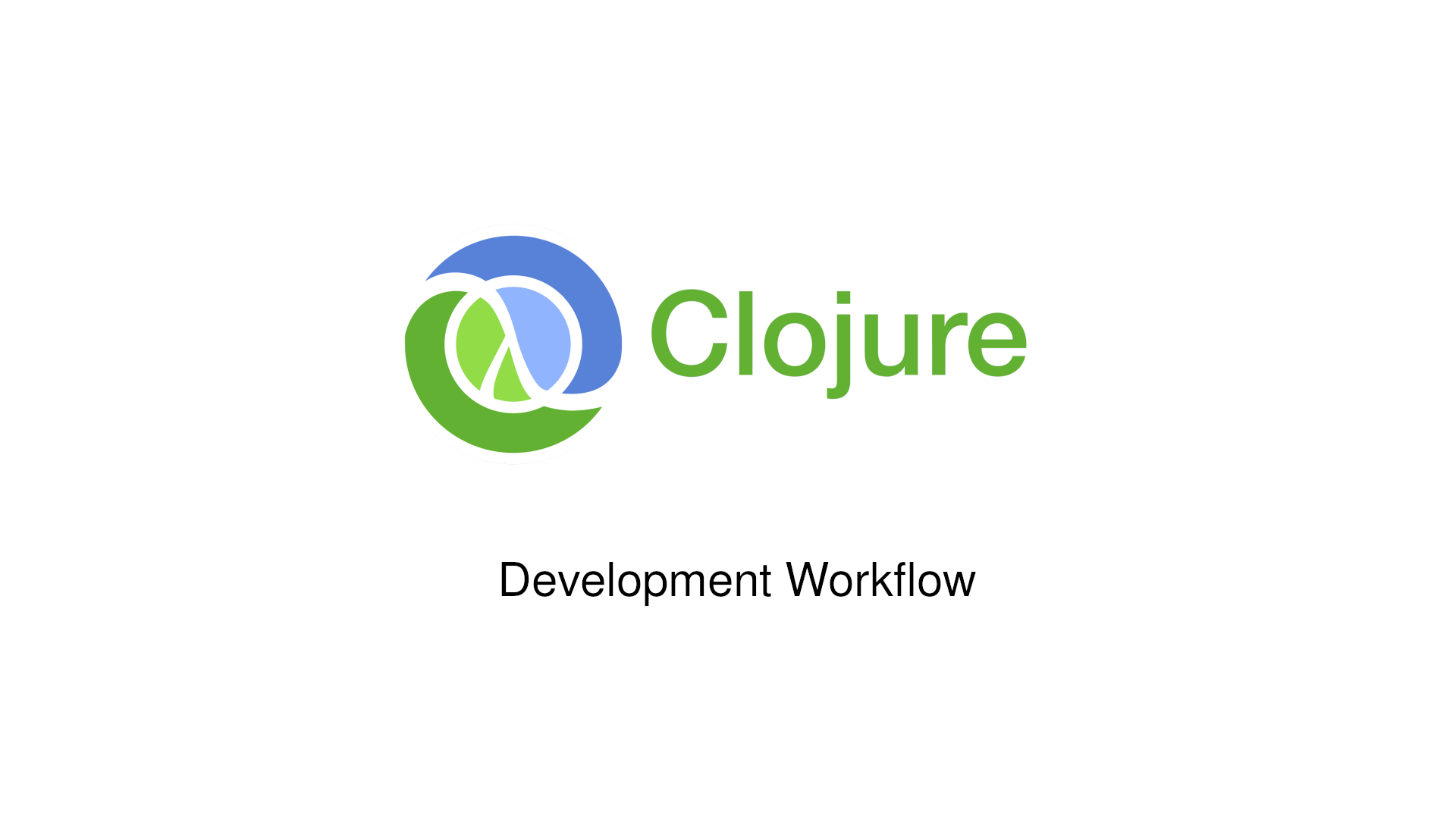Essential tips for developing with Clojure

We’d like to share our general development workflow and how we work with clojure, mainly on CLI. As a great team, we all share the tasteful and meaningful life of using Linux (although some part of the crew uses macOS, we will talk mainly about the penguin system because it is just better). So, we decided to share the way we use our linux machines to test clojure while coding.
nREPL on runtime
A common practice you must have while developing Clojure applications is to serve your code editor with your nREPL and test all your functions while writing your code. In order to accomplish that, we must set some things up.
You will need to run nREPL on your clojure project and there are a few ways to deal with it.
if you use emacs, jump to emacs section.
deps.edn:
this way, you will be able to run a nREPL with clj -M:nrepl
and leiningen:
| |
run this in your shell and it open a repl on port 1234, as simple as possible.
Neovim
To evaluate all code in Neovim, we will use Conjure, which works as a customized environment for executing Clojure code during nvim runtime.
To install Conjure, follow step-by-step the official documentation.
Setting up the environment
We can create a simple remap, defining a mapleader, in this case, the space, and the necessary binds in normal mode.
| |
Done, now just restart Nvim and use the defined functions alongside your nREPL.
Emacs
The development process using Emacs is just as simple. You only need to have the cider package installed. The clojure-lsp and clojure-mode packages are technically optional but also help in development.
It is recommended, as we aim to follow TDD methodology, to enable the auto-test mode of cider. This way, when you evaluate a file or group of files, cider will automatically re-evaluate and run any related tests.
| |
The default keybindings are:
- Open Cider nREPL:
C-c M-j - Open editable Cider nREPL:
C-u C-c C-x j j - Evaluate Form:
C-x C-e - Evaluate File:
C-c C-l - Evaluate Folder Recursively:
C-c M-l
and you are now done, you can sit back, relax and enjoy your hacker lifestyle while coding in Clojure just like we do.
Extra
You can find our latest devlogs and some other content on moclojer blog
Want to go a step ahead on neovim? try using the paredit-nvim plugin.
Also, if you are starting on clojure, follow the official spec and maybe give a try to stuartsierra’s video on component pattern.
That’s all, folks! Thanks for reading.


